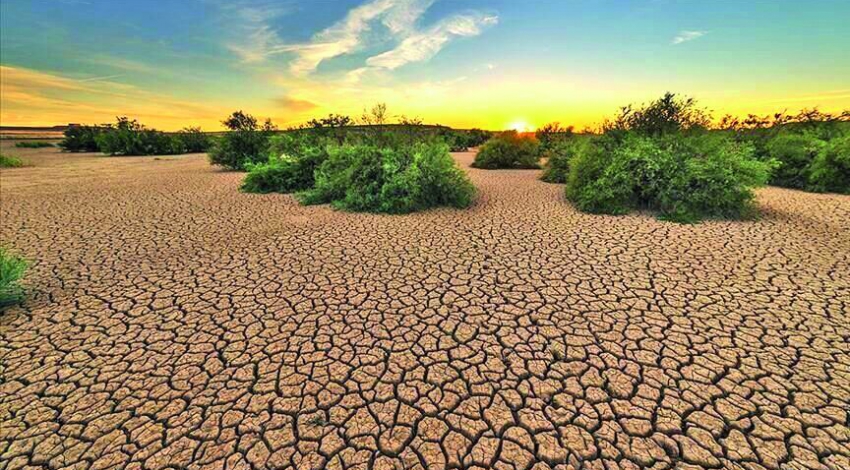The volume of precipitations also declined by 17.9 percent compared to the long term, ISNA reported.
Six main catchment areas have also suffered from low rainfall.
From the beginning of the current water year to the end of the first month of winter (January 20), the country has received about 74.3 millimeters of precipitation, compared to about 90.5 millimeters in the long term.
So, the precipitation has decreased by about 16.2 millimeters, equivalent to 17.9 percent.
Considering that Iran is in the third consecutive year of drought, this year's precipitation has decreased by 23.7 millimeters, equivalent to 24.2 percent, even compared to last year, which was very low.
According to the statistics of the Meteorological Organization, the amount of precipitation in a water year should reach 236.9 millimeters, and currently, the volume of precipitation has met only 31.3 percent of the required volume.
Since the beginning of winter, all six main catchments of the country are still facing a decrease in precipitations between 6 millimeters and 62 millimeters compared to normal conditions.
The largest deficit of precipitation is related to the "Caspian Sea" catchment area with about 62 millimeters and the lowest deficit with about 6 millimeters belongs to the "Persian Gulf and Oman Sea" catchment area.
Drought in cold season
No end to the drought is in sight over the cold season, according to a winter forecast by Ahad Vazifeh, head of the national center for drought and crisis management.
A temperature higher than the normal of the last 30 years is predicted, he said, ISNA reported.
Since the beginning of the current water year (September 23), the temperature was about 1.4 degrees Celsius above the normal or long-term average, he stated.
This year, low rainfall and large-scale weather patterns are very indicative of conditions similar to last year.
Many parts of the country have had low rainfall. Among these regions, Tehran, Alborz, Semnan, and the southern regions of Alborz such as Qazvin, as well as the western regions of the country including Kermanshah, Hamadan, and Ilam have received below-normal rainfall.
Rainfall in Tehran is about 70 percent below normal, and considering severe rainfall shortages in the last two years, the destructive effects of drought will be reflected even in drinking water in some provinces, he lamented.
There is a possibility that precipitation reaches better rates in the second half of winter and early spring than in the same period last year, he predicted.
In general, a rainy winter is not expected and the rainfall is likely to be less than normal, but the effects of drought in many parts of the country will be even stronger than last year, he warned.
The average rainfall in the semi-arid country of Iran is 250 mm, which is one-third of the world average. Iran�s 53-year average rainfall was 250 mm, which has decreased to 232 mm in the last 13 years. Parallel to this decrease, the increasing trend of temperature caused an increase in evaporation and a decrease in precipitations, and a sharp drop in the level of underground water resources and its limitation.
By TEHRAN TIMES
# Tags











